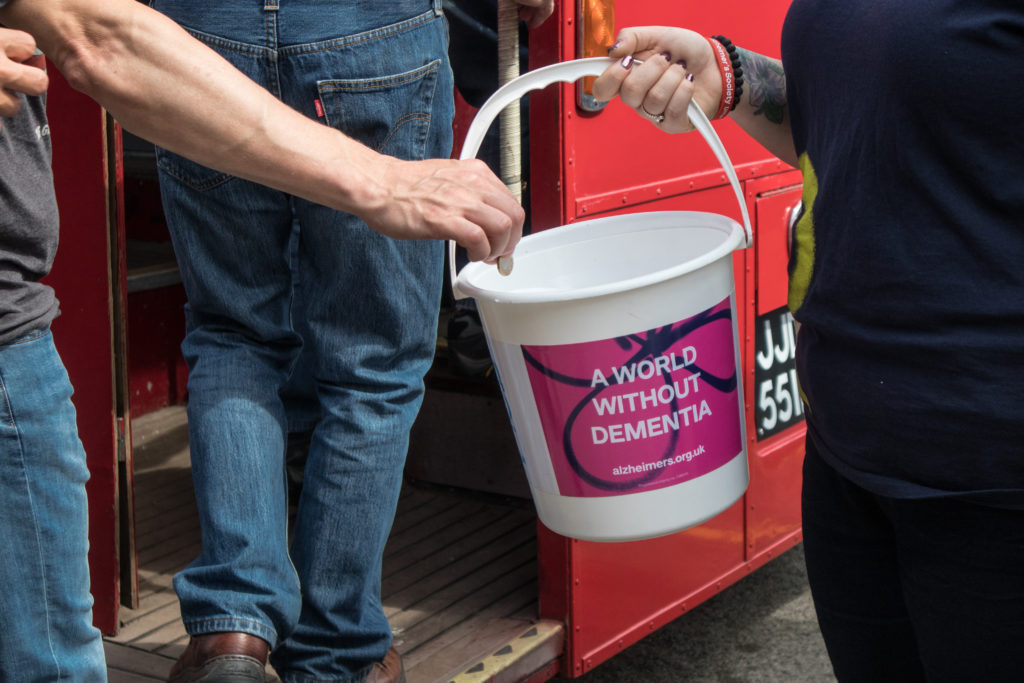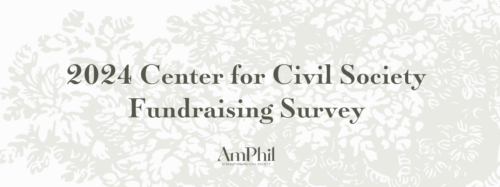American generosity is best demonstrated in the complete charity of anonymously giving gifts large and small to fundraising efforts on street corners.
One of the greatest traditions in American philanthropy is the practice of anonymous donors dropping gold coins into buckets for charitable campaigns. These gifts are most common during the Christmas season: perhaps you just recently came across the Salvation Army’s famous red kettles, a fundraising campaign that has now been raising money for 132 years.
Recently, in St. Clair Shores, Michigan, a 1980 South African gold Krugerrand was found in the Salvation Army’s red kettle. This marks ten consecutive years when a gold coin has been in a St. Clair Shores area. A one ounce gold coin, if not exceptionally rare, has a value of about $1,800. Similar coins have been found recently in kettles in Iowa, Indiana, and other places throughout the nation.
For those who are not coin collectors, it should be noted that these gold coins in many ways represent a past era when aesthetics touched nearly every element of life, including currency. The most popular American gold coins were designed by the famous sculptor, Augustus Saint-Gaudens. Used as official currency in the early twentieth century, gold coins were eventually deemed not to be legal tender, and Americans were asked to exchange their gold coins for other coins and paper money beginning in 1933. This prohibition on private gold bullion membership was repealed in 1974, and the U.S. Mint now makes and sells gold coins again, some with the classic obverse design by Saint-Gaudens.
In a society that currently offers income tax deductions for charitable donations and vehicles like donor advised funds to grow one’s charitable savings, where public recognition for philanthropy is often expected, these stories of complete donor anonymity free of tax benefits are inspiring.
Of course, the gold coins in red kettles and similar fundraising drives are not the only gifts that are made anonymously. Every dollar and cent that makes its way to these fundraising campaigns is just as anonymous. These are the gifts that make studying philanthropy just a little more difficult and collecting the data all the more challenging. They are also the gifts that remind us that Americans are a people with unmatched generosity, even today.
Most philanthropy now happens with credit card donations that efficiently transfer dollars from the donor to the nonprofit. But the practice of Americans loving their neighbor by placing coins in metal buckets on snowy streets during Christmas and throughout the year is hopefully a tradition that never ends.






